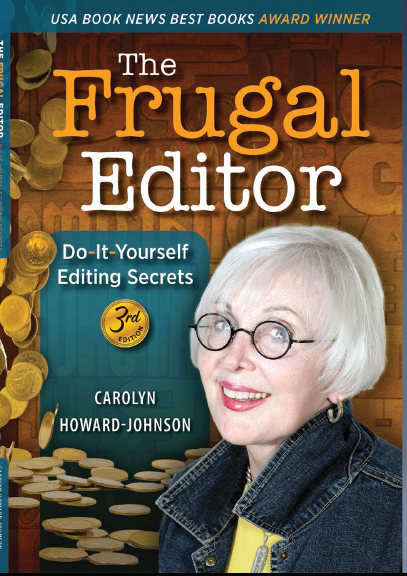On Christmas Songs, Books, and Marketing
~~~~~~~~~~~~~~~~~~~~~~~~~~~~~~~~~
It’s holiday time. Even if we don’t think much about Taylor Swift the rest of the year, between now and January 1st you’re likely to hear her singing “Last year I gave you my heart,” in my opinion one of the most unlikely Christmas songs of all time. It’s a good lesson in love, but also a reminder of the example she has set for creative types since she started flaunting her knack for marketing.
QUESTION: So what makes Taylor Swift a terrific marketer?
ANSWER: Because she knows that this one song reaches across generations as well as the months and years to include all she does, including “showing” us the the real meaning of the word “assertive.”
I fear the word “assertive” has gotten a bad rap in the last couple decades.
People often associate it with being brash or downright overbearing, but it’s a skill we all need in business (in our case the world of publishing) when we must negotiate a contact or make ourselves heard in the din of a hundreds of thousands of books being published each year.
But Taylor got that right, too. She thinks creative people should get paid for their work. She stood up for that idea. She wasn’t afraid to use her financial clout to do it. And—here’s the biggie. She doesn’t hesitate to use her skill against the big guys.
A few years ago, Taylor pitted her case against Apple—financially the world’s most influential company—who planned to launch a free promotion for their new music streaming business, Apple Music. She did it with an open letter on her blog (ahh, the power of the written word and the power of blogging!) and a tweet or two. And she did it without mussing her hair or raising her voice or resorting to a lewd gesture. She assured Apple that she loved them, threw in a few more compliments like “I say this with love, reverence, and admiration for everything else Apple does.” It was polite, but she still socked it to them. In something like sixteen hours they were smart enough to buckle. Swift and all the other musicians feature on Apple's rollout got paid.
And now we can all add the word “assertive” to the lexicon of skills we need to survive, to influence. She used a gentle voice that convinced others that her protest was not about making more money for herself but a matter of principle and passion. Now the rest of us can be assertive and know that can mean engaging and focused as well as strident.
And while we’re at it, let’s think about what we creatives can learn from that Christmas song. We creatives have a little time to think about the holidays both creatively and in ways that help whoever out there likes what we do. For writers, I’m thinking “last minute” gifts by touting e-book gifts that are inexpensive and arrive very nearly instantly. For readers I’m thinking books that are classics from books of poetry to Dickens.
I’m thinking donations to your local library and a special thank you to whoever tosses the daily news onto your front porch. The list can get really long.
But mostly I want to remind you to start thinking about a writing a book with a Christmas theme—maybe an anthology. Think of this as a writers’ prompt to try a genre you never tried before. But mostly think about it as a career builder. Don’t wait until it is too late once again. Now is the time to do your NaNo thing in January. But give it a Christmas theme then make it your Christmas classic. It will be the thing that makes your audience think about your other books when ’23, ’24, and 3035 roll around. The basics will just wait patiently for you to practice your marketing skills starting every year sometime around Thanksgiving forever after.
Carolyn Howard-Johnson brings her experience as a publicist, journalist, marketer, and retailer to the advice she gives in her HowToDoItFrugally series of books for writers and the many classes she taught for nearly a decade as instructor for UCLA Extension’s world-renown Writers’ Program. All her books for writers are multi award winners including the first edition of The Frugal Book Promoter published in 2003. Her The Frugal Editor, soon to be released in its 3rdedition, won awards from USA Book News, Readers’ Views Literary Award, the marketing award from Next Generation Indie Books and others including the coveted Irwin award. And, yes. How about a last-minute book of Christmas poetry from Carolyn and Magdalena Ball’s holiday entry in their Celebration Series of chapbooks, paper or e-book. Find it at bit.ly/BloomingRed.







.png)
.jpg)







